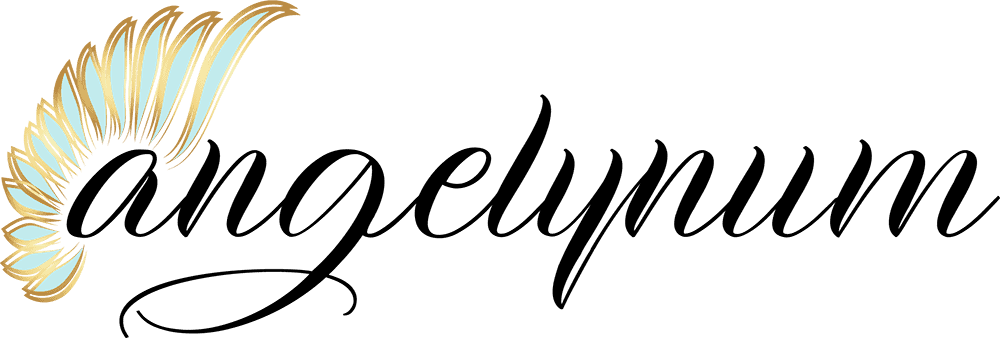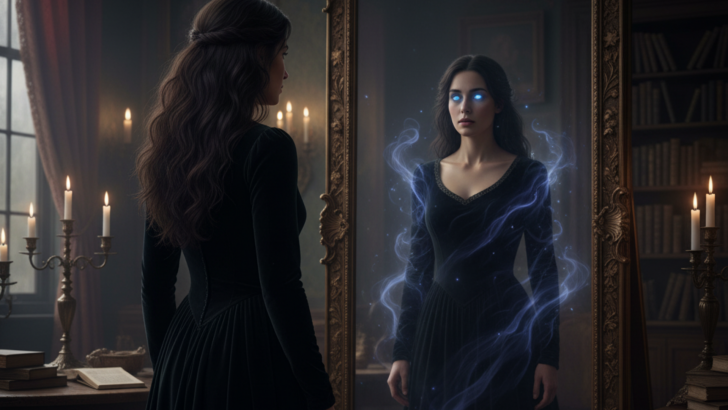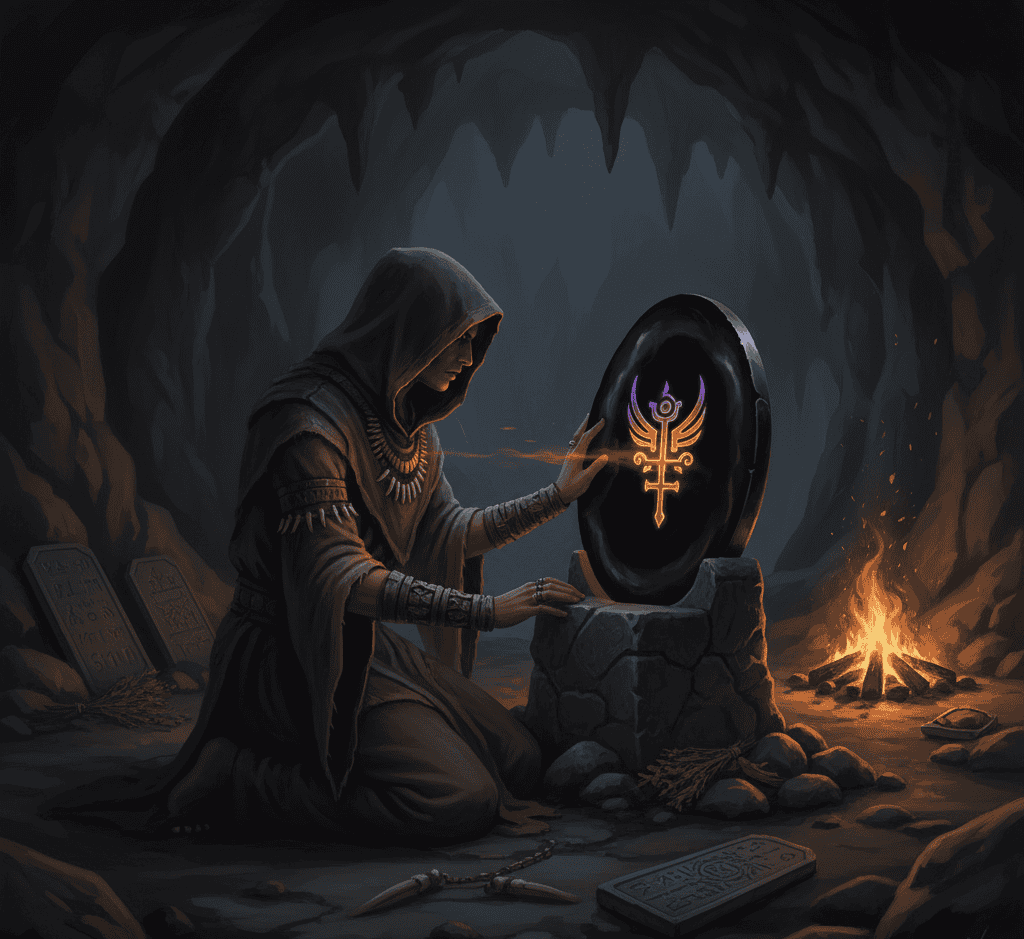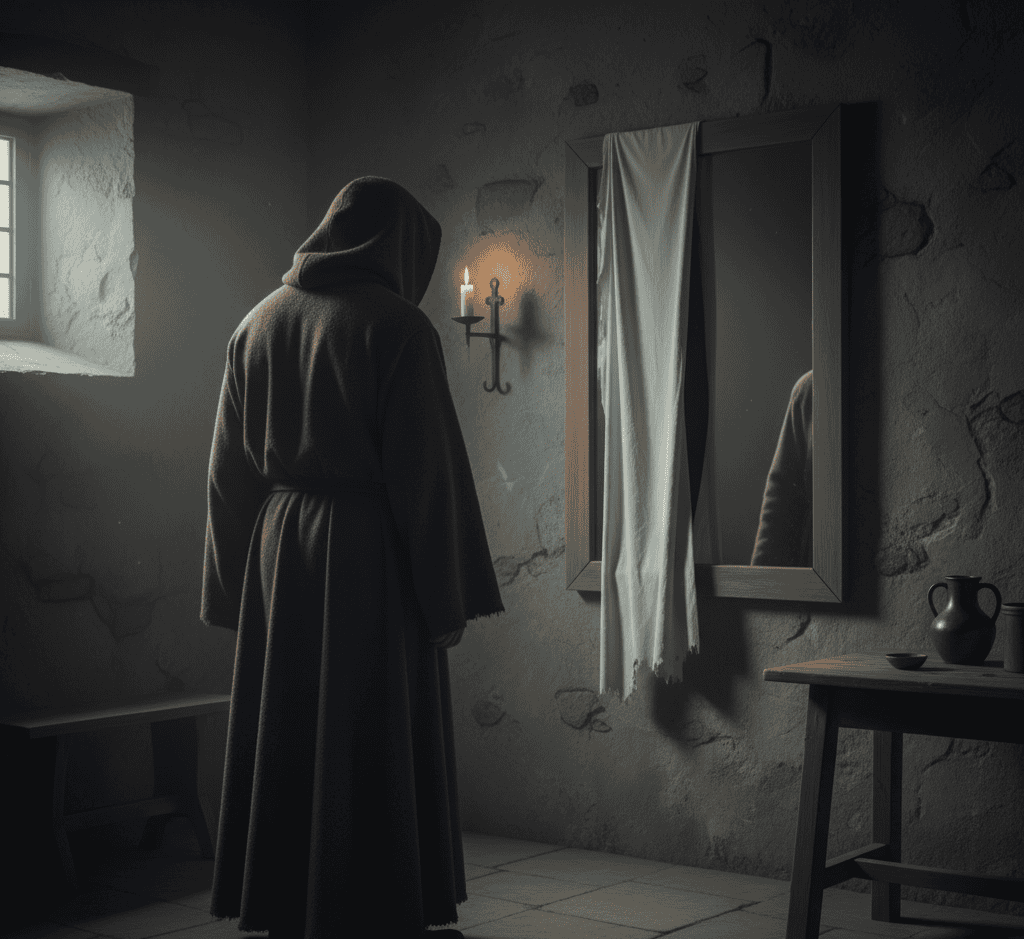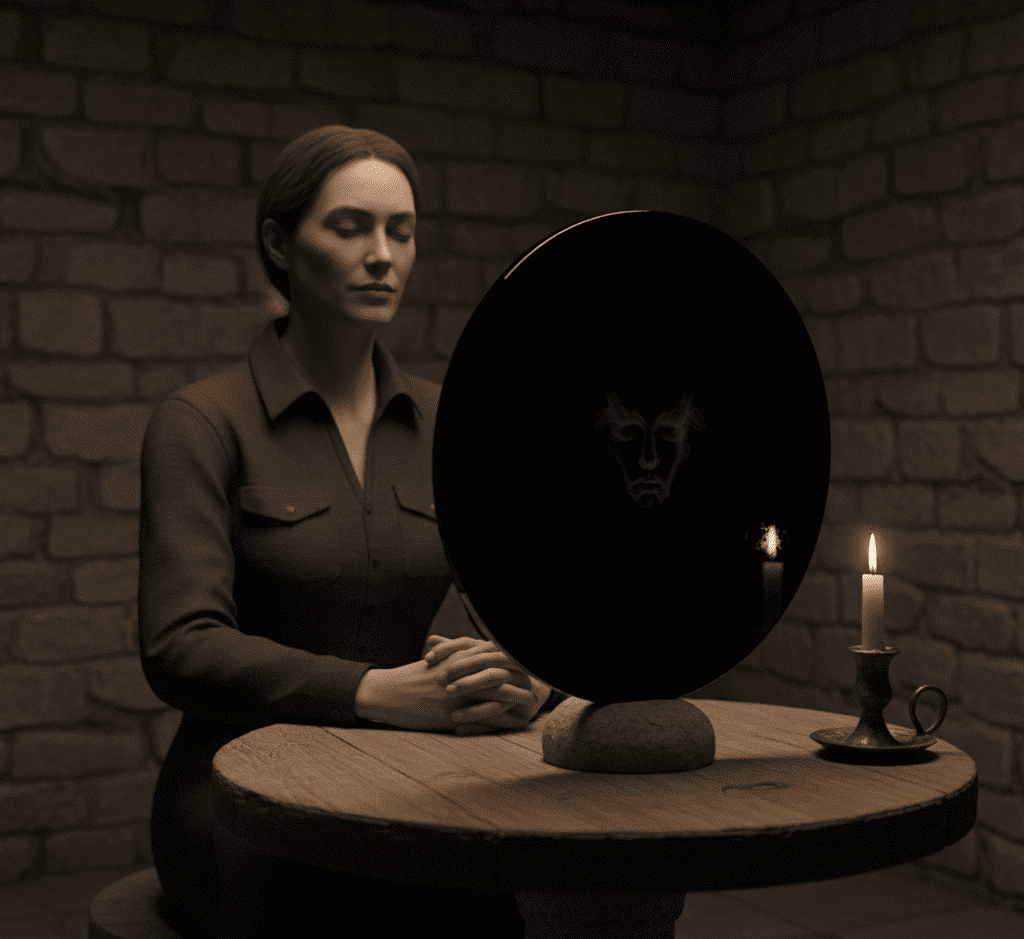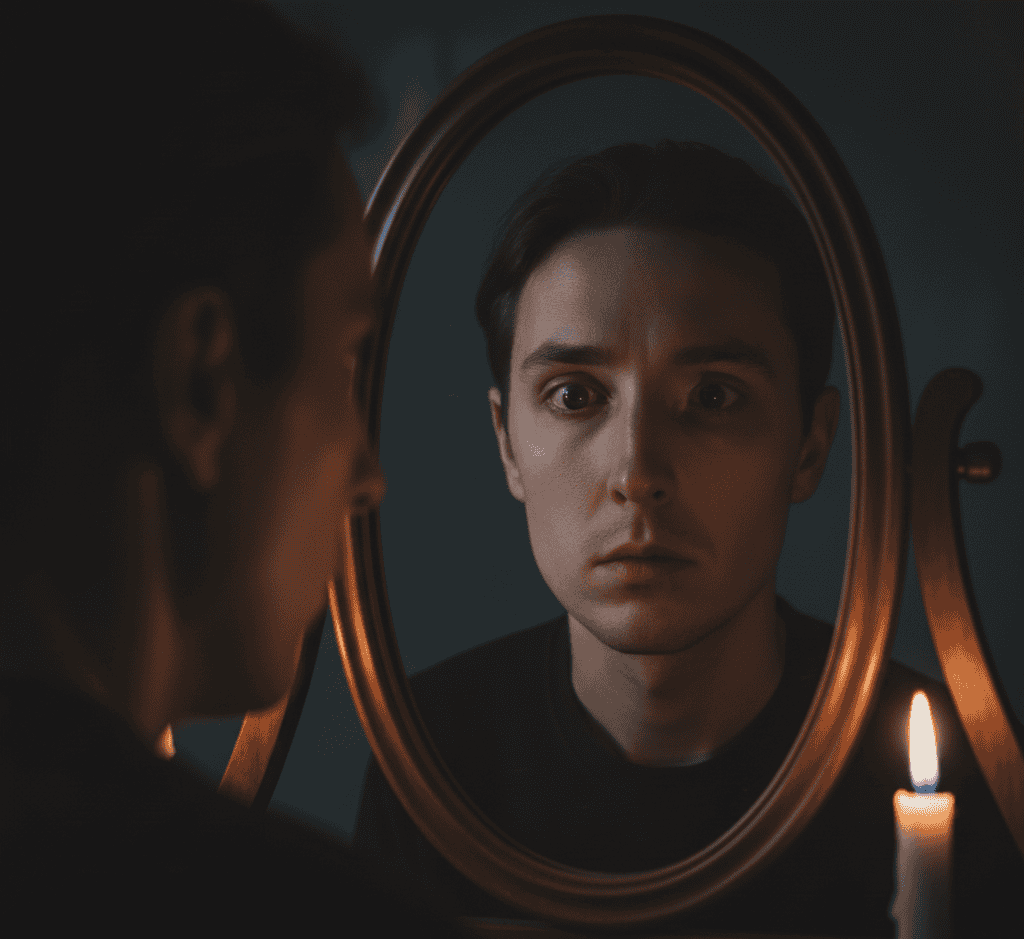There’s something undeniably mysterious about mirrors. They hang quietly on our walls, reflecting our faces and rooms, yet they have always been linked to far more than vanity.
Across cultures and centuries, mirrors have been seen as portals, traps, windows, and tools for glimpsing the unseen.
Psychics, mystics, and occult practitioners have used them for everything from contacting spirits to seeing the future.
Maybe it’s the way a mirror turns reality backward, or how it seems to hold a copy of the world that vanishes when you walk away.
Whatever the reason, mirrors carry an almost electric sense of mystery, and that’s why they’ve become one of the most enduring symbols in psychic lore.
The Ancient Origins of the Mirror’s Magic
The earliest people who used reflective surfaces for magic didn’t have glass. They used polished obsidian, metal, or bowls of still water.
The ancient Greeks called the practice catoptromancy, or mirror divination, and believed that skilled seers could look into these surfaces to see visions of gods or glimpses of fate.
In ancient China, mirrors were thought to repel evil spirits and were placed above doors to reflect harmful energy away from the home.
The Aztecs worshiped a god named Tezcatlipoca, whose name meant “Smoking Mirror.”
He carried a black obsidian mirror in which he could see all things – past, present, and future.
The mirror was both a weapon and a source of wisdom, symbolizing that reflection can reveal as much darkness as light.
Throughout history, mirrors have been tied to ideas of truth and illusion. They show us exactly what is there, but reversed.
They reveal us, yet distort us just enough to feel uncanny. That tension between clarity and mystery is what made them perfect for psychic rituals.
Mirrors as Portals and Protective Barriers
By the Middle Ages, mirrors were woven into European folklore as both tools and threats. It was said that mirrors could capture a soul’s reflection, holding a fragment of one’s essence inside.
This belief is why mourners covered mirrors after a death – to keep the spirit from getting trapped or confused between worlds.
Psychic traditions expanded on this idea, suggesting that mirrors could serve as portals.
The reflective surface, with its depthless shine, was seen as a thin veil between the physical and spiritual planes.
Mediums sometimes used mirrors during séances, turning them slightly away from the participants so that shadows and shapes could appear in the periphery.
The mind, already sensitive in the half-light, might see something moving that wasn’t quite there, or perhaps it was.
Other psychics used mirrors as protective tools. They believed that the mirror’s surface could reflect harmful energy or curses back to their sender.
To this day, some spiritual practitioners hang mirrors facing doors or windows to deflect negativity from entering their space.
In feng shui, mirrors are carefully placed to balance energy flow and prevent stagnation. It’s not hard to see why mirrors fit into these beliefs.
There’s something deeply symbolic about an object that both shows and hides, that reveals and reverses.
Looking into one feels intimate yet eerie, as though you’re standing at the edge of another world – one that happens to look just like yours.
The Art of Scrying
One of the most famous psychic uses of mirrors is scrying, a method of seeing visions or messages by gazing into a reflective surface.
Unlike fortune-telling with cards or symbols, scrying relies on entering a meditative or trance-like state.
The goal isn’t to “see” in the usual sense but to open the mind to subtle impressions and imagery.
Scrying mirrors are often made of black glass or obsidian, materials that absorb light rather than reflect it brightly.
The practitioner sits quietly, often in candlelight, and lets their gaze soften. Over time, shapes or faces may appear in the dark surface.
Famous occult figures like John Dee, the 16th-century advisor to Queen Elizabeth I, used a black obsidian mirror for his rituals.
He believed it allowed him to communicate with angels. His mirror still exists today, housed in the British Museum, its dark surface worn by centuries of fascination.
Whether these visions are truly psychic or products of the subconscious remains an open question.
Modern psychology suggests that mirror scrying can trigger a mild dissociative state, where the brain relaxes its focus and allows hidden thoughts and symbols to emerge.
The human mind is wired to find patterns, and in the flicker of candlelight, reflections can take on uncanny life.
But even if the visions come from within rather than beyond, they still hold meaning—and that’s part of what makes the practice so enduring.
Reflections and the Mind’s Mirror
Science may explain how our brains react to reflections, but the feeling of mystery remains. Staring into a mirror for long periods can lead to strange experiences.
Studies have shown that after just a few minutes of unbroken eye contact with your own reflection, your perception starts to shift.
The face seems to change, blur, or even morph into something else. Psychologists call this the “strange-face illusion,” caused by the brain’s adaptation processes.
But for centuries, mystics interpreted the same experience as the mirror revealing hidden aspects of the soul.
This overlap between psychology and the paranormal shows how easily the two can blend. Mirrors, more than almost any other object, blur the line between inner and outer worlds.
When we gaze into one, we’re not only seeing our reflection, we’re confronting ourselves, our fears, and our imagination all at once.
For psychics, that quality makes mirrors powerful spiritual tools. They are symbols of awareness, showing that what we perceive is always a reflection of what we carry inside.
When used in ritual, the mirror becomes a reminder that truth often hides beneath the surface, waiting to be recognized.
The Mirror That Sees Both Ways
In the end, the power of mirrors lies as much in belief as in physics. Whether you see them as gateways, shields, or simple sheets of glass, they remind us of a profound truth – that perception itself is a form of magic.
When you look into a mirror, you’re witnessing light bouncing off your body, traveling through air, and returning to your eyes at nearly the speed of light.
You see yourself because the universe allows it. That’s science, and also, in its own way, a miracle.
Psychic rituals use mirrors not just to summon visions but to invite reflection, both literal and spiritual.
To look into a mirror with intention is to pause, to meet yourself and the world from the other side.
Whether the image that looks back is entirely yours or partly something else may depend on what you believe.
And maybe that’s the real secret of mirror magic, and it doesn’t require ghosts or ancient gods.
All it takes is light, stillness, and the courage to look deeply. Because sometimes, what we find in the reflection isn’t another world at all. It’s the hidden depths of our own.

Ho sempre sentito una forte connessione con il Divino fin dalla mia nascita. Come autrice e mentore, la mia missione è aiutare gli altri a trovare l'amore, la felicità e la forza interiore nei momenti più bui.
